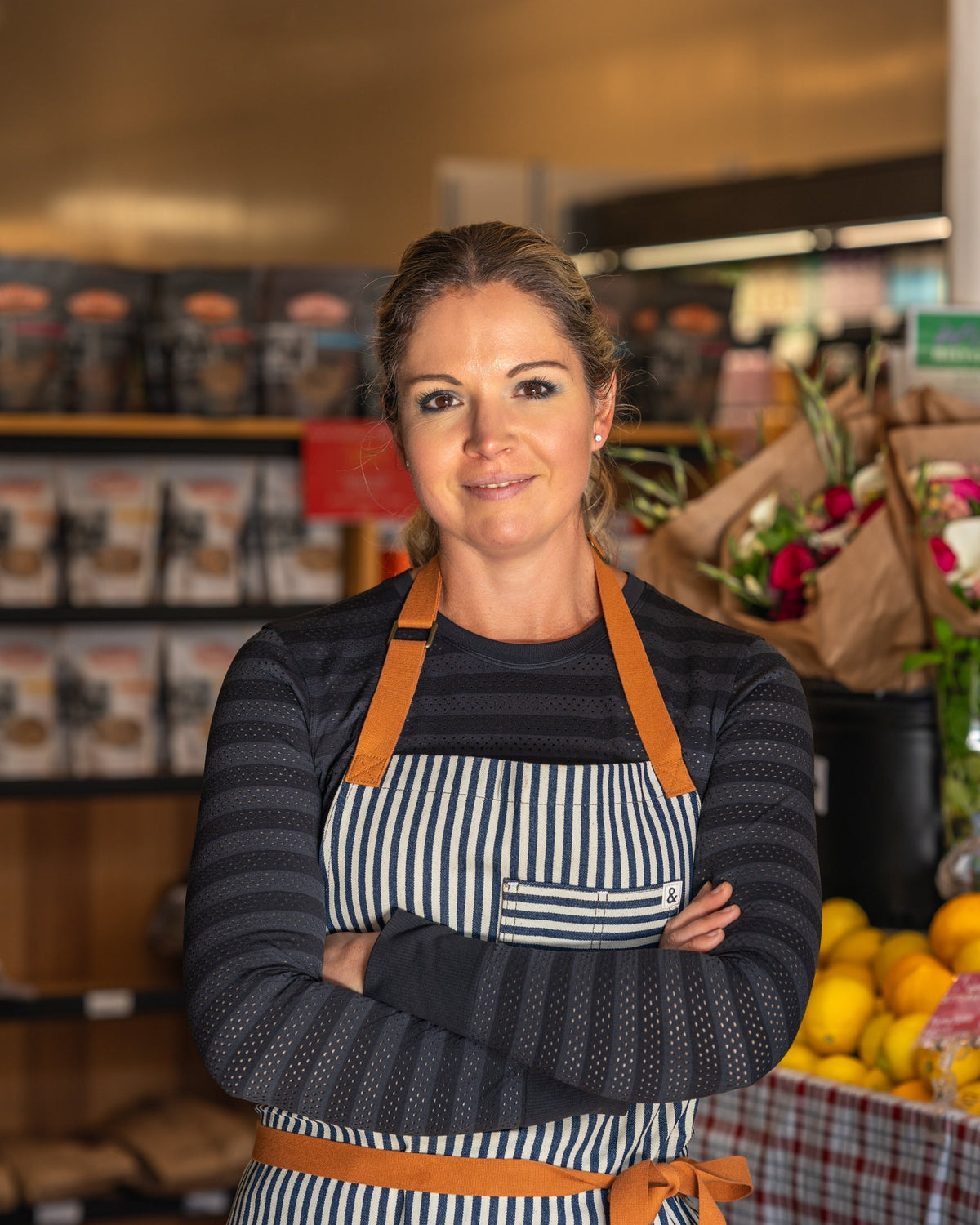Black History Month Spotlight: Collard Greens with Chef Sam

Slow Braised Collard Greens with Buttermilk Cornbread & Hot Pepper Jelly
with Chef Sam Adams
Being of African-American decent, I grew up eating collard greens as early as I can remember. My mother adored them and still does to this day. There would be collard and mustard greens braised with turnips alongside practically any meal. Collard greens are as much a staple in the African-American community and across the globe as Jasmine rice in the Asian community and world.
Collard greens date back to prehistoric time and one of the oldest member of the cabbage family. What some of you may not know is that Collard greens is also known as the tree cabbage. Collard greens have been cooked and used for centuries. Some may think that Collard greens originated in Africa but they were originated in Eastern Mediterranean. The Southern style of cooking of greens came with the arrival of African slaves to the southern colonies and the need to satisfy their hunger and provide food for their families.
Though greens did not originate in Africa, the habit of eating greens that have been cooked down into a low gravy, and drinking the juices from the greens (known as “pot likker”) is of African origin. The slaves of the plantations were given the leftover food from the plantation kitchen. Some of this food consisted of the tops of turnips and other greens. Ham hocks and pig’s feet were also given to the slaves. Forced to create meals from these leftovers, they created the famous southern greens. The slave diet began to evolve and spread when slaves entered the plantation houses as cooks. Their African dishes, using the foods available in the region they lived in, began to evolve into present-day Southern cooking.
Collard greens were one of the few vegetables that African-Americans were allowed to grow for themselves and their families back in slavery time. Even after the Africans were emancipated in the late 1800s cooked greens were a comfort in the African-American culture. The traditional way to cook greens is to boil or simmer slowly with a piece of salt pork or ham hock for a long time (this breaks down the fiber in the greens and also pulls out their bitter flavor) until they are very soft. Typically, greens are served with freshly baked corn bread to dip into the “pot-likker”.
Pot likker is the highly concentrated, vitamin-filled broth that results from the long boil of the greens. It is, in other words, the “liquor” left in the pot. It is said by southern grandmothers that “Pot likker will cure what ails you and if nothing ailing you, it will give you a good cleaning out.”
with Chef Sam Adams
Being of African-American decent, I grew up eating collard greens as early as I can remember. My mother adored them and still does to this day. There would be collard and mustard greens braised with turnips alongside practically any meal. Collard greens are as much a staple in the African-American community and across the globe as Jasmine rice in the Asian community and world.
Collard greens date back to prehistoric time and one of the oldest member of the cabbage family. What some of you may not know is that Collard greens is also known as the tree cabbage. Collard greens have been cooked and used for centuries. Some may think that Collard greens originated in Africa but they were originated in Eastern Mediterranean. The Southern style of cooking of greens came with the arrival of African slaves to the southern colonies and the need to satisfy their hunger and provide food for their families.
Though greens did not originate in Africa, the habit of eating greens that have been cooked down into a low gravy, and drinking the juices from the greens (known as “pot likker”) is of African origin. The slaves of the plantations were given the leftover food from the plantation kitchen. Some of this food consisted of the tops of turnips and other greens. Ham hocks and pig’s feet were also given to the slaves. Forced to create meals from these leftovers, they created the famous southern greens. The slave diet began to evolve and spread when slaves entered the plantation houses as cooks. Their African dishes, using the foods available in the region they lived in, began to evolve into present-day Southern cooking.
Collard greens were one of the few vegetables that African-Americans were allowed to grow for themselves and their families back in slavery time. Even after the Africans were emancipated in the late 1800s cooked greens were a comfort in the African-American culture. The traditional way to cook greens is to boil or simmer slowly with a piece of salt pork or ham hock for a long time (this breaks down the fiber in the greens and also pulls out their bitter flavor) until they are very soft. Typically, greens are served with freshly baked corn bread to dip into the “pot-likker”.
Pot likker is the highly concentrated, vitamin-filled broth that results from the long boil of the greens. It is, in other words, the “liquor” left in the pot. It is said by southern grandmothers that “Pot likker will cure what ails you and if nothing ailing you, it will give you a good cleaning out.”
- Chef Sam
2 Responses
David Smith
I love collards so much that I can eat them everyday.
Leave a comment
Also in Luke's Local Blog

Cooking for Chosen Family: Why the Fox Den's Thanksgiving Tastes Like Love
Here's what most people don't realize about cooking for hundreds of families: you start planning the moment you know it matters. And Thanksgiving always matters.
While you were still recovering from New Year's Eve, I was already thinking about your Thanksgiving table. Our Luke’s Local turkey orders are sent to the farmers in January. Yes, that’s how far in advance we start.




Matthew Kim
August 03, 2025
Didn’t realize Asians were a monolith w/ our rice…